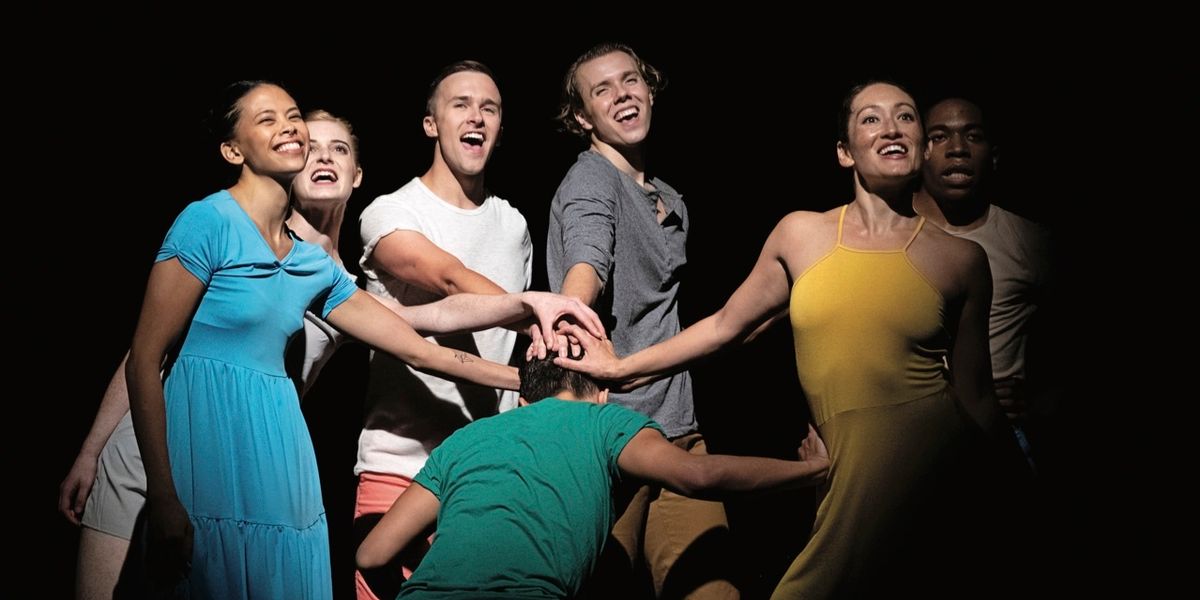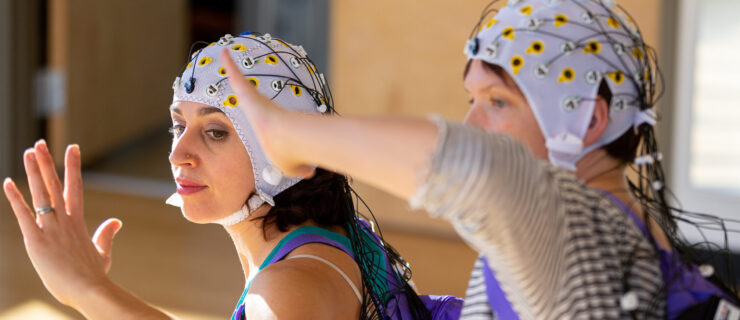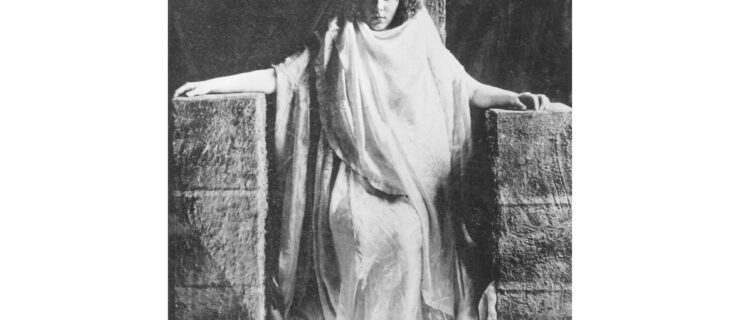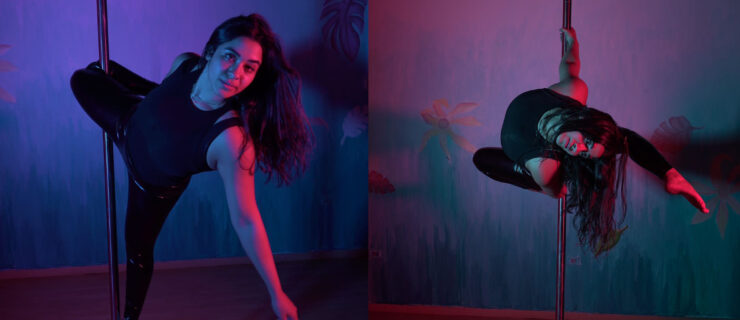"It's All About Spreading Empathy and Awareness." One Choreographer's Advice for Making Work About Mental Illness
In Welcome to Barrio Ataxia, commissioned for Seattle’s Whim W’Him in 2018, contemporary choreographer Omar Román De Jesús explored bipolar disorder. He offers advice on how to mindfully broach mental illness in choreography.
Do your research.
Dig deep and use your connections with those who are coping with mental illness, so you can be both bold and accurate in your portrayal. “Get some answers so you know what to do and how far to push,” says De Jesús. After initial inspiration from a piece of music, De Jesús researched the mental illness he saw in Seattle’s homeless population and reflected on his experiences with a colleague before choreographing.
Note your perspective.
Creating material related to mental illness often requires a personal connection to the subject matter. “I can only speak of my own experiences,” says De Jesús, noting that he rooted Welcome to Barrio Ataxia in his relationship with a co-worker who has bipolar disorder. When considering his own perspective, De Jesús asked himself questions like “How did that make me feel?” and “How did I react to it?”
Plan ahead.
De Jesús encourages choreographers to create a map or an arc of their piece beforehand, but to remain open to new ideas along the way. “How do you get to the main focus, and how do you get out?” he asks. Think about how you want the audience to experience the work, and edit accordingly.
Consider the takeaway.
What discussions do you want to start? How do you want the audience to think about mental health? For De Jesús, it’s all about spreading empathy and awareness. “My work is about letting hope win.”




